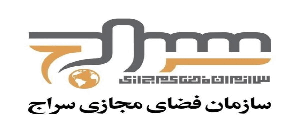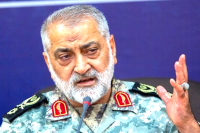
Fluorescent resonance energy transfer method by using gold nanoparticles has recently been used to determine DNA, trombone, and so on. Therefore, Dr. Mohammad Reza Hormozinejad (assistant professor of Department of Chemistry) and his colleagues proposed a simple, highly sensitive, and selective method for the quantitative measurement of captopril in human blood plasma by using fluorescein isothiocyanate (FITC) modified with gold nanoparticles.
Hormozinejad is a member of the Scientific Board of Sharif University of Technology. He explained why gold nanoparticles have been used in the research.
"Gold and silver nanoparticles have high adsorption coefficient, which is caused by the surface plasmon resonance in their electrons. Therefore, these nanoparticles are known as plasmonic nanoparticles. They can attract light in various regions of the electromagnetic spectrum depending on their type, size, and formation. The researchers firstly produced colloidal gold nanoparticles, and then they modified them by using fluorescein isothiocyanate."
"Next, they added a solution of captopril with various concentrations to phosphate buffer of gold nanoparticles - fluorescein isothiocyanate, and they studied the fluorescent spectrum of its emitted fluorescein isothiocyanate. The amount of captopril in human blood plasma sample was measured in the end."
Results showed that in the beginning, the fluorescent emission of fluorescein isothiocyanate molecule was turned off by modifying the surface of gold nanoparticles with fluorescein isothiocyanate. However, when captopril was added to the mixture, the fluorescence of fluorescein isothiocyanate was turned on again due to the advantage of captopril in comparison with fluorescein isothiocyanate in carrying out interaction with the surface of gold nanoparticles.
Results of the research have been published in February 2013 in Journal of Luminescence, vol. 134. For more information about the detail of the research, visit the full article in the same journal on pages 874-879.




































